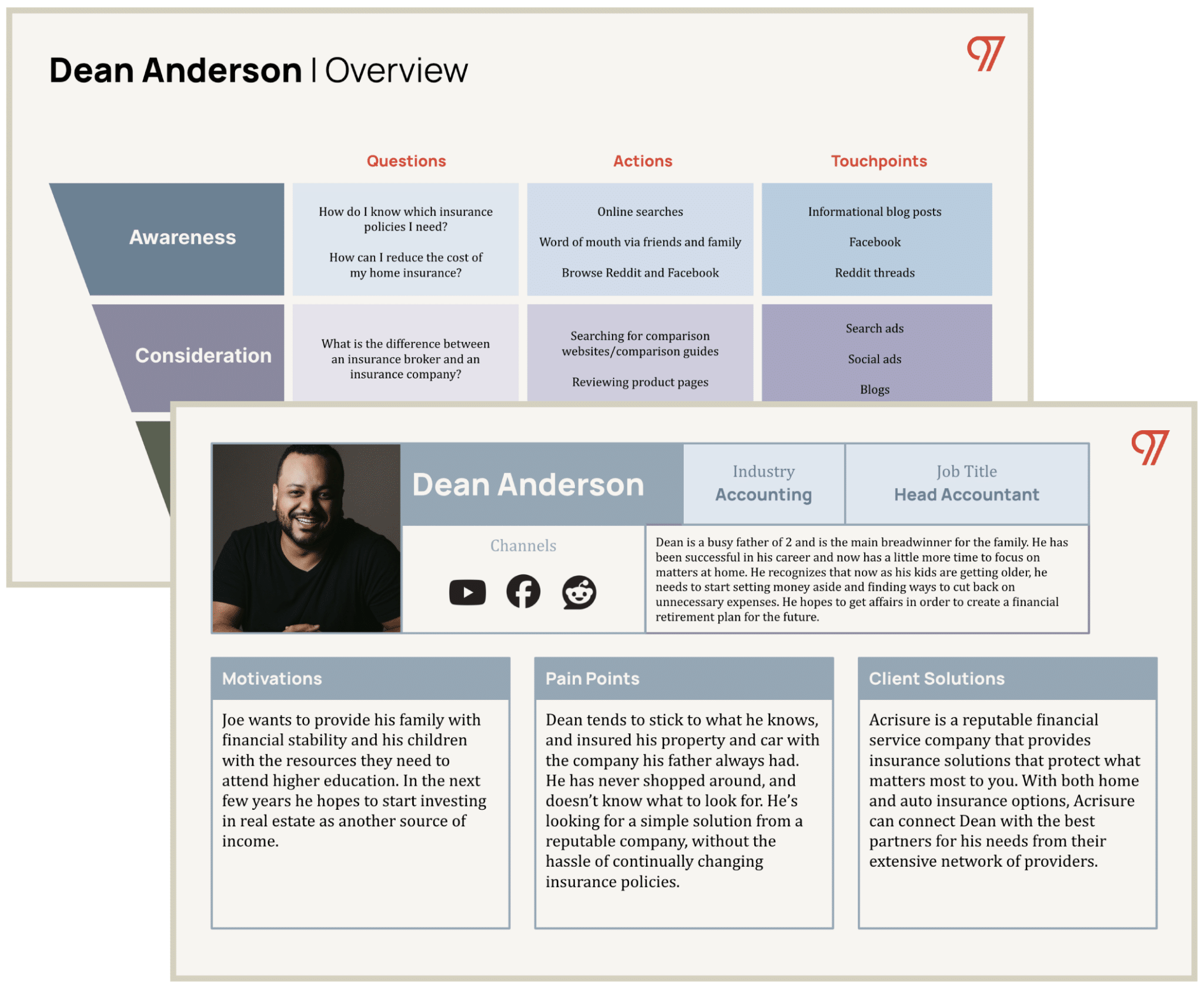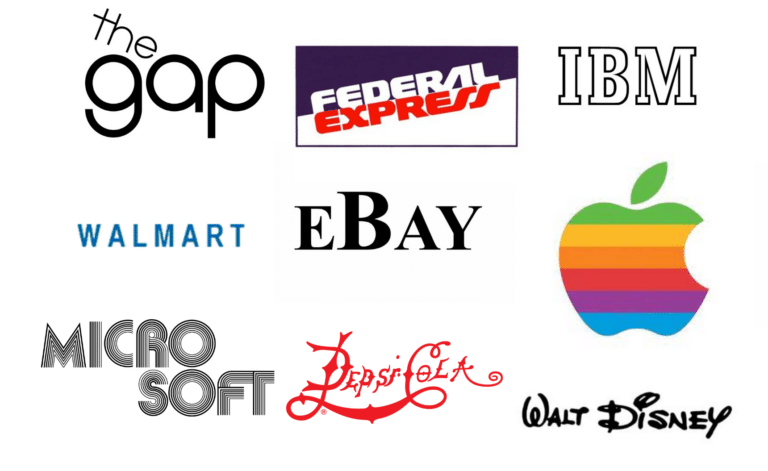Understanding Your Audience
Demographics and Psychographics
Number one rule of marketing—know your audience. Parents today span across multiple generations, each with its own distinct characteristics. Let’s break it down.
Number one rule of marketing—know your audience. Parents today span across multiple generations, each with its own distinct characteristics. Let’s break it down.
•
Millennials (born 1981-1996): Millennials account for a significant portion of parent consumers, with an estimated spending power of $9.38 trillion. They are tech-savvy, value-driven, and highly engaged on social media, with 83% using platforms like Facebook and Instagram regularly. This generation holds the most new parents out of any other.
•
Generation X (born 1965-1980): Often referred to as the "Forgotten Generation," Gen X parents are financially stable, and are increasingly using social media platforms like Facebook and LinkedIn to make purchasing decisions. About 76% of Gen Xers are active on Facebook, and they are more likely than millennials to use social media for shopping. Most Gen Xers’s children are in their teens, twenties, and thirties.
•
Baby Boomers (born 1946-1964): Ah, the Boomers. While often seen as less digitally engaged, Baby Boomers are increasingly active on platforms like Facebook and WhatsApp. They have positive attitudes towards social media, with 83.9% of Boomers stating that social media improves their lives. This group often values authenticity and quality in their purchasing decisions. Their children are also older, ranging from their late thirties and up.
Curious to see how this comes together in real life? Here’s an example of a parent persona 97th Floor created for Acrisure, a financial technology and insurance company.

Common Challenges Faced by Parents
Once you’ve identified your specific audience, it’s time to get down on their level to understand what challenges they might be facing—and to think about how you could solve them.
One commonality across the generations of parents is a focus on the financial, as the cost of child-rearing continues to rise. For example, during the 2024 back-to-school season, parents planned to spend an average of $586 per child. Because of this financial squeeze and other economic pressures, parents also have a strong focus on value over brand loyalty. They want to give their children the best—as long as it’s within budget.
Parents across age groups also share the need to stay connected and informed. Social media is a major part of any parent’s life—parents need to connect online for support, advice, and access to deals they wouldn’t find at a physical store.
One commonality across the generations of parents is a focus on the financial, as the cost of child-rearing continues to rise. For example, during the 2024 back-to-school season, parents planned to spend an average of $586 per child. Because of this financial squeeze and other economic pressures, parents also have a strong focus on value over brand loyalty. They want to give their children the best—as long as it’s within budget.
Parents across age groups also share the need to stay connected and informed. Social media is a major part of any parent’s life—parents need to connect online for support, advice, and access to deals they wouldn’t find at a physical store.
Preferences and Buying Behaviors
Along with similar challenges, parents have similar preferences and behaviors when it comes to purchasing, both online and in-person. One behavior, as mentioned above, is a focus on value and convenience. This focus can undermine existing brand loyalties. For example, if mom finds that Dawn dish soap is too expensive, she won’t hesitate to go for Walmart Great Value. Or, if dad makes a grocery store run with his toddler and can’t find his favorite barbecue sauce, he’s not likely to go searching at another store.
Parents are also hyper-focused on safety. Once a baby enters the picture, both men and women are 50% more likely to be influenced by the perceived safety of a product before they make a purchase.
However, with these similarities, there are also a few distinct differences between the demographics:
Parents are also hyper-focused on safety. Once a baby enters the picture, both men and women are 50% more likely to be influenced by the perceived safety of a product before they make a purchase.
However, with these similarities, there are also a few distinct differences between the demographics:
•
Millennials tend to be highly influenced by social media and online communities, with 72% using social media for product research and 68% making purchases based on recommendations from these platforms.
•
Gen X parents, on the other hand, are more focused on authenticity and quality, and are more likely to stick to old brand loyalties. They also spend nearly two hours more time online each week compared to millennials.
•
Finally, Baby Boomers operate in a more traditional style. They appreciate content that is informative and helpful and are less likely to tolerate excessive advertising, which can be a quick turnoff.
Marketing to New Parents
Here are a few tips to help you succeed when targeting new parents.
Addressing New Parenthood Challenges
Address challenges new parents face in a real, raw, relatable way. This group of parents is looking for solutions that make their lives easier—they’re stressed, worried about their children, and nearly always short on time (and temper). If you can provide genuinely helpful content and support, you’ll earn new parents’ trust.
Leveraging Price and Effectiveness
New parents care most about price and product effectiveness. They work with tighter budgets as they adjust to the costs of raising a child, and can’t afford products or services that don’t meet their expectations. New parents need to trust that what they’re buying will work well for them and their children. User reviews and testimonials can play a major part here. Demonstrate your product’s reliability and value with real-life stories or reviews from other parents.
Building a Supportive Community
New parents rely heavily on online networks—three out of four use online groups for advice, product recommendations, and emotional support. These groups can be a great place to build social proof for your brand. Encourage your audience to share their experiences with your brand through reviews, photos, or social media posts to boost brand trust and credibility.
Marketing to Millennial Parents
Let’s talk Millennials. If these parents are your target audience, now’s your cue to listen up.
Millennial Parent Needs
Most millennial parents aren’t just parents—they’re hikers, swimmers, bakers, plant enthusiasts, pickleball players, and more. 75% of millennial parents actively pursue their own interests and hobbies alongside parenting. When designing your marketing strategy for millennial parents, make sure that “parent” isn’t the only identity you shoot for. This generation wants to be involved in both their children's lives and their own, so they’ll be attracted to brands that offer solutions balancing “me time” and “family time”.
Using Video and Social Media
As we mentioned, millennial parents rely on social media for advice and connection with other parents. 97% of millennial moms and 93% of dads find social media useful for parenting advice. Short-form videos on platforms like TikTok and Instagram are your ticket to ad visibility for this demographic—millennials spend an average of 2.4 hours per day watching online videos. To specifically target millennial dads, try Youtube, where they’re significantly more likely than moms to search for parenting content.


Blendtec Mixes Market Success with 73% Organic Traffic Rise and Viral Pinterest Campaign
97th Floor helped Blendtec with a creative parent-targeted social media strategy to Increase organic traffic by 73%—with Buffalo Wild Wings recipes. Check out this case study to learn how we did it.
Marketing to Parents of Older Kids
Does your demographic have kids in their teens, twenties, or thirties? Here’s our best advice.
Creating Content for Kids and Parents
Parents of older kids are juggling their personal lives and their children's growing independence. They often have a hard time finding experiences or products that bring the family together, but still appeal to their children’s changing interests (no one said raising hormonal teenagers was easy). 80% of these parents involve their kids in purchase decisions for items like clothing, food, and even electronics more than their own parents did. If you can show that your product solves a problem for parents and also appeals to their kids, you’re likely to win their loyalty.
Think of Lego’s “Adults Welcome” campaign—offering entertainment that appeals to teens, while also giving parents a reason to get involved and have fun.
Think of Lego’s “Adults Welcome” campaign—offering entertainment that appeals to teens, while also giving parents a reason to get involved and have fun.
6 Steps for Your Marketing Strategy
Now that we’ve got the basics down, let’s talk business. Here are our 6 recommended steps to develop your parent-targeted marketing strategy.
1.
Audience Segmentation
We’ve talked all about this. Begin by breaking down your audience into smaller, more manageable segments. As we’ve mentioned, new parents, parents with older children, or parents of teens will each have distinct needs and concerns.
We’ve talked all about this. Begin by breaking down your audience into smaller, more manageable segments. As we’ve mentioned, new parents, parents with older children, or parents of teens will each have distinct needs and concerns.
2.
Select Your Channel(s)
Next, identify which platforms your target parent demographic uses most frequently. Millennials are especially active on Instagram and YouTube, while Gen X and Boomers are more likely to be found on Facebook.
Next, identify which platforms your target parent demographic uses most frequently. Millennials are especially active on Instagram and YouTube, while Gen X and Boomers are more likely to be found on Facebook.
3.
Personalize Your Content
Once you’ve selected your target audience and platforms, create personalized content that speaks to their specific needs. For example, content on balancing work and family life resonates strongly with new parents, while content around managing finances might speak more to parents of older children.
Once you’ve selected your target audience and platforms, create personalized content that speaks to their specific needs. For example, content on balancing work and family life resonates strongly with new parents, while content around managing finances might speak more to parents of older children.


Connecting with Sleep-Deprived Parents to Increase Tuft and Needle’s Revenue by 57% YoY
Check out this case study for an example of how 97th Floor used content personalization to increase Tuft & Needle’s revenue by 57% YoY
4.
Collect and Analyze Data
Once you’ve identified your audience and chosen your platforms, leverage data to refine your strategy. Use analytics tools to track how parents are interacting with your content. Are they engaging more with videos, blog posts, or social media updates?
Once you’ve identified your audience and chosen your platforms, leverage data to refine your strategy. Use analytics tools to track how parents are interacting with your content. Are they engaging more with videos, blog posts, or social media updates?
5.
Test and Adjust
Even with great planning, no marketing strategy is perfect from the start. Implement A/B testing to experiment with different types of content, messaging, and formats. For instance, test long-form educational content versus quick, engaging videos to see which resonates more with your audience.
Even with great planning, no marketing strategy is perfect from the start. Implement A/B testing to experiment with different types of content, messaging, and formats. For instance, test long-form educational content versus quick, engaging videos to see which resonates more with your audience.
6.
Build Long-Term Relationships
Parents, especially those raising kids, value consistency and trust in the brands they engage with. After your initial outreach, focus on maintaining and nurturing relationships. Create loyalty programs, offer exclusive content or discounts, and regularly engage your audience through newsletters or social media.
Parents, especially those raising kids, value consistency and trust in the brands they engage with. After your initial outreach, focus on maintaining and nurturing relationships. Create loyalty programs, offer exclusive content or discounts, and regularly engage your audience through newsletters or social media.












































